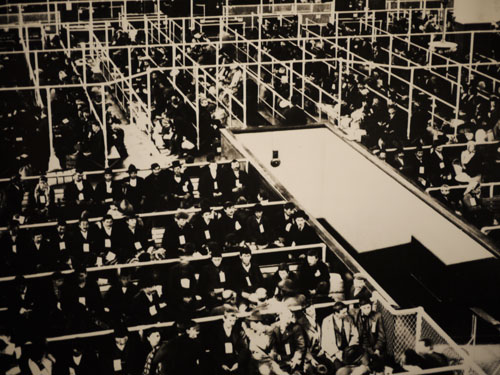• Sometimes, changing identities extended to not just changing names but also changing relationships within a family. For example a bigamist might claim to immigration officials that his second wife was actually his sister since both would likely have the same last name on official documents. Look out for this possibility, if you know your ancestor came to America from a region or religious group that supported polygamy.
• Many immigrants also deliberately changed their name to make it sound more American (see the article Why Immigrants Change Their Name), although this was normally done a couple of years after they had arrived in the country.
• People often migrated to America in large groups from the same regions. For example, large groups of Croatians (sometimes almost whole villages) would come to America together. Groups of Italians or Swedes from the same region would also often travel together. This was true of many groups from many countries in Europe.
• If you are having trouble finding your ancestors in the Ellis Island records, consider focussing your search efforts on looking at records from ships that carried large numbers of immigrants from the same region as your ancestor. If you are not sure which ships to research, simply type in some common surnames from the region of your ancestors to find out which ships and which dates these immigrants arrived at Ellis Island. This can help narrow your search.



